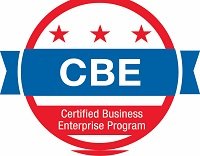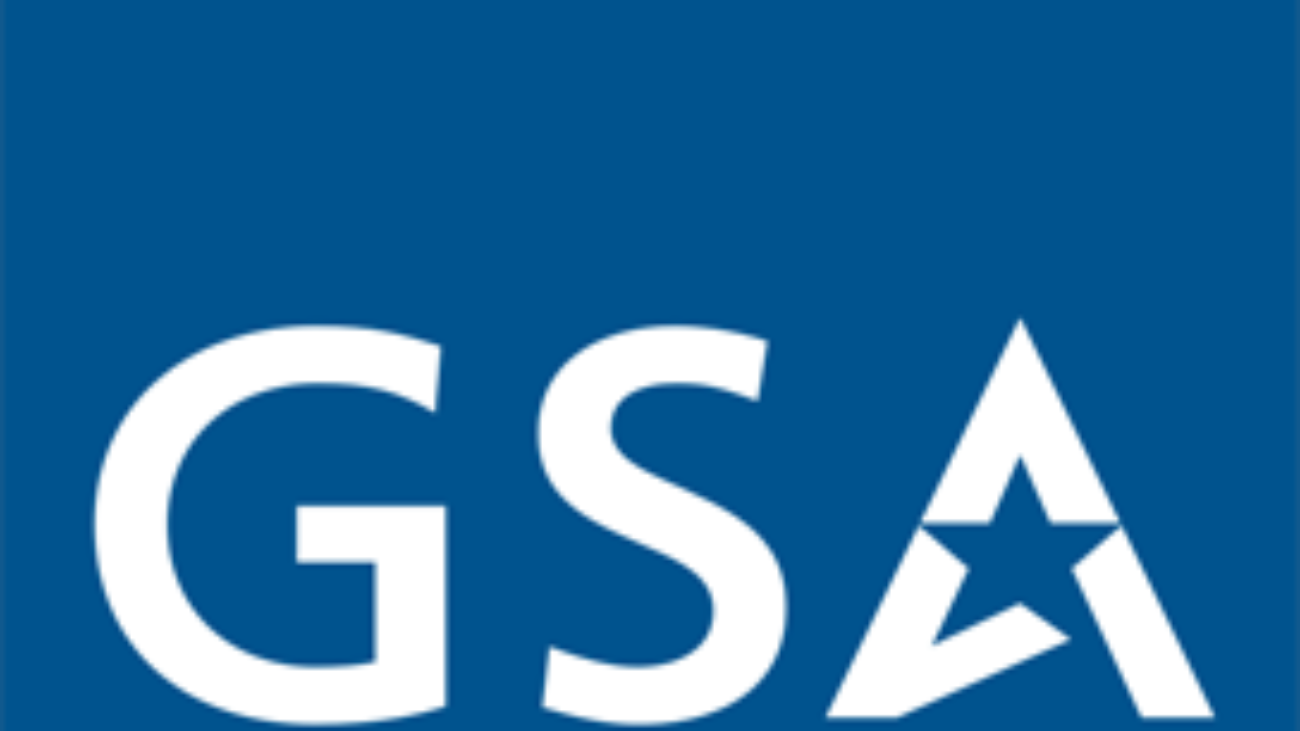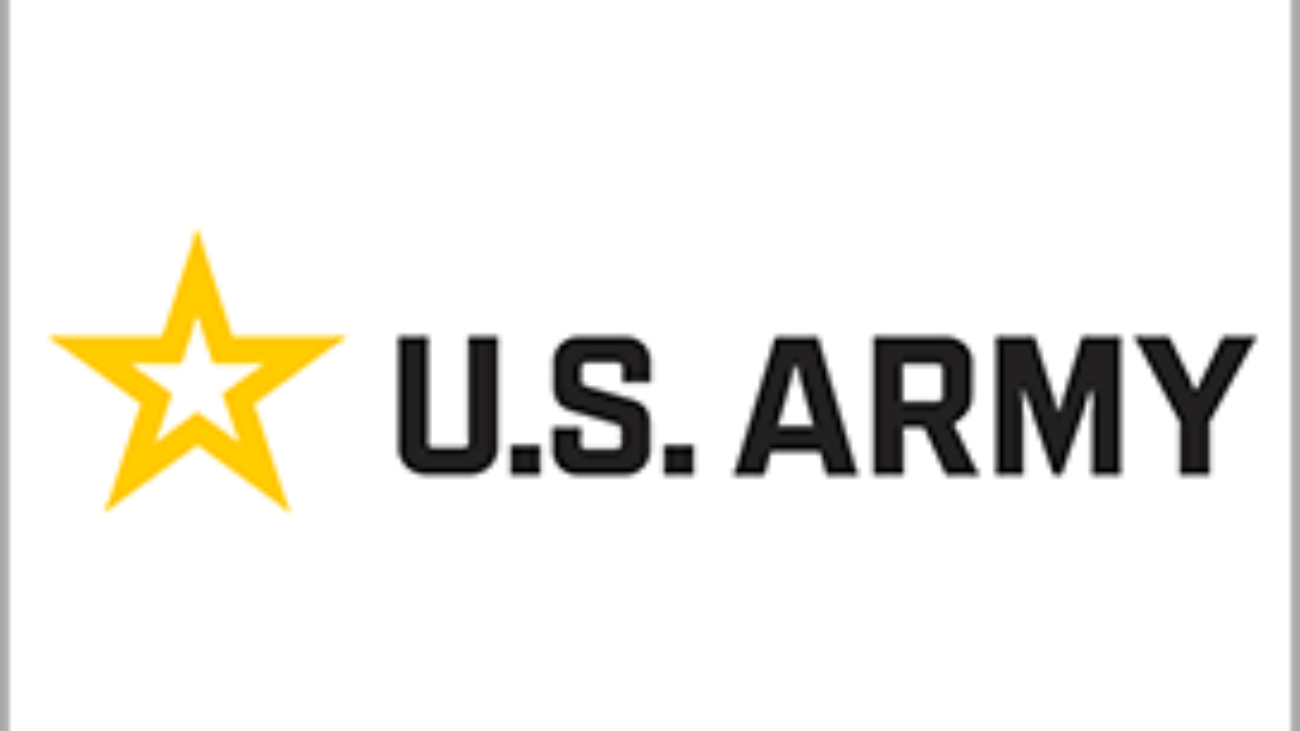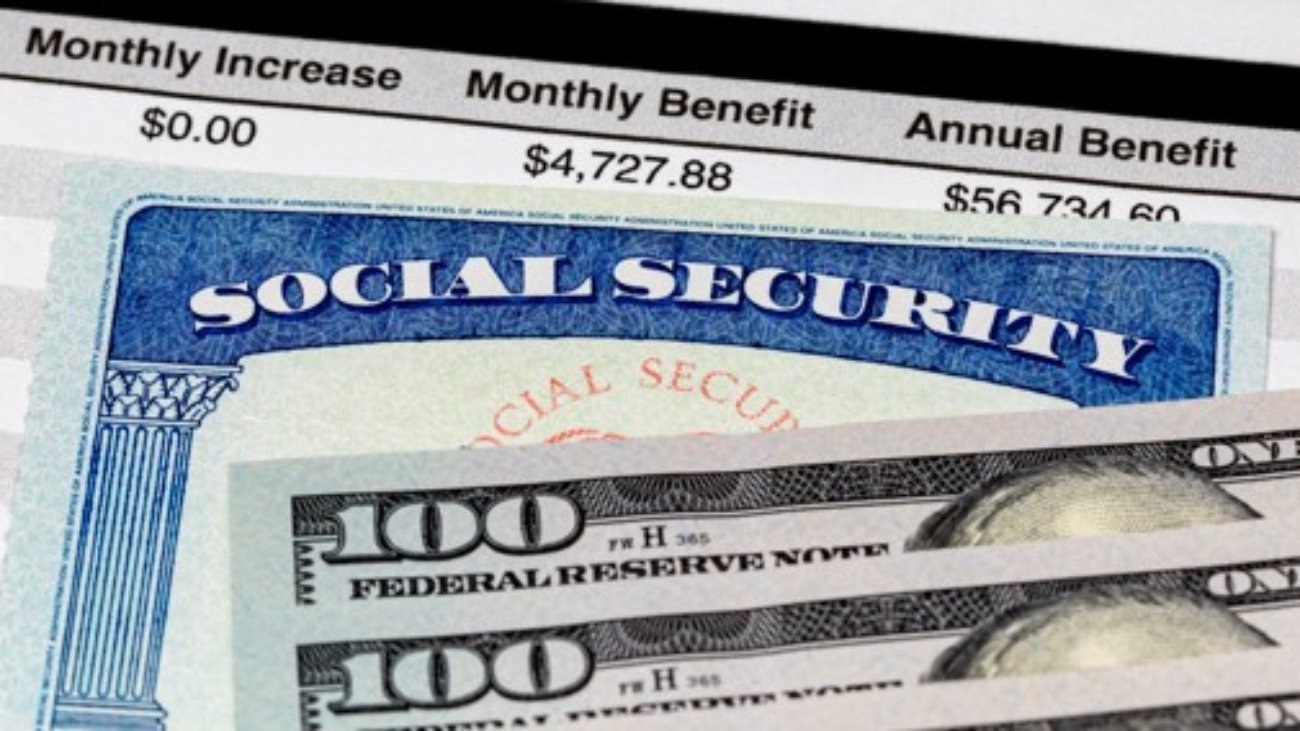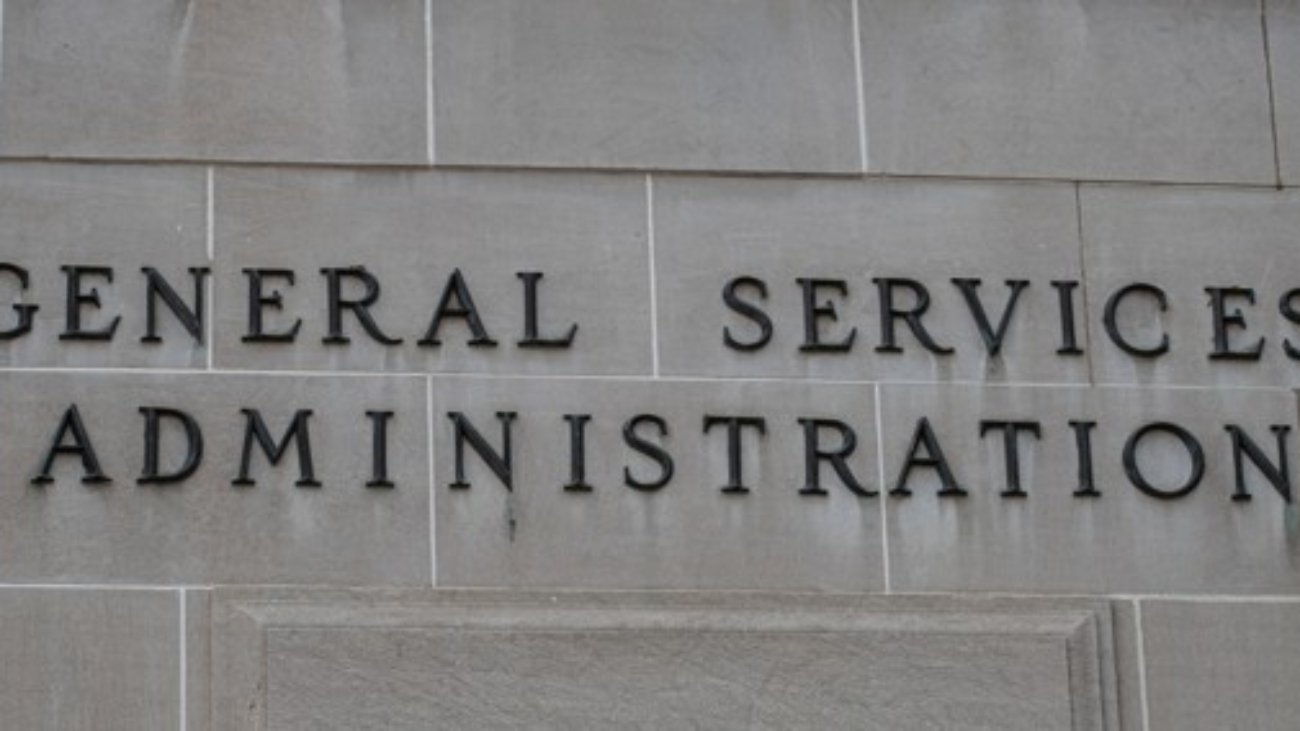It is that time of the year when many federal employees as well as retirees must make some important decisions regarding their federal retirement and insurance benefits. I thought it might be a good time to make a checklist of things that you may be facing this fall so that you can prioritize those that are important to you.
CSRS or FERS Retirement
Are you preparing to retire at the end of 2024? If so, now is the time to submit your CSRS (SF 2801) or FERS (SF 3107) retirement application to your agency HR office. You should also receive a final retirement estimate for your planned retirement date along with a summary of your federal service prepared by a retirement specialist in HR. If you are covered by FEGLI, you should also submit the Continuation of Life Insurance form SF 2818 along with your retirement application. Review OPM’s Quick Guide for Retirement Processing to learn more about your transition from employee to annuitant: and you can see how much company you will have when you retire by reviewing the latest retirement processing statistics.
Maintain copies of your completed applications and copies of your records of federal service that show your beginning and ending dates of employment, changes in retirement coverage as well as changes in your work schedule. Be sure that you also have documentation of your health and life insurance coverage showing that you have been covered during the last five years of your federal service. Update your CSRS or FERS, FEGLI, and TSP beneficiary designations, if necessary, as well.
If you are planning to postpone applying for retirement under the MRA + 10 provisions of FERS, it is important to review the Application for Deferred or Postponed Retirement, RI 92-19, that you will complete and submit about 60 days before you would like your benefit to begin in the future. At that time, you will not have access to your agency’s human resources to assist you. If possible, request a retirement estimate of your future benefit and make copies of your personnel records that show your insurance coverage (you will need to have the last five years of your career covered under FEHB and FEGLI if you plan to reinstate these benefits later). Also, maintain copies of records of the beginning and ending dates of your periods of federal service and any change in retirement coverage or work schedule.
Thrift Savings Plan
Learn about your distribution options that are available at https://www.tsp.gov/withdrawals-in-retirement/
You can learn how much income you might generate from your savings by computing a TSP annuity estimate using the TSP Annuity Calculator: https://www.tsp.gov/calculators/tsp-annuity-calculator/#panel-1
There are many options for managing and using your TSP funds in retirement, and to learn more, check out the TSP YouTube channel.
Federal Long Term Care Insurance Program
OPM has suspended new applications for FLTCIP in December 2022 for a period of two years. There has been no indication whether this will end this December but watch for possible news during the upcoming Open Season that begins on Nov. 11. If you are currently enrolled, you can also review your coverage online in your My LTCFEDS account. If you need additional information to help you make your decision, call from 8 a.m. to 6 p.m. ET:
1-800-LTC-FEDS (1-800-582-3337)
TTY 1-800-843-3557
Int’l 1-571-730-5938
Federal Employees Health Benefits program and the Postal Service Health Benefits program
New for 2025 is the PSHB for Postal employees and annuitants. It is time to review the information that is currently available prior to the Open Season.
Open Season will be held from Nov. 11 through Dec. 9, 2024, for FEHB and the new PSHB.
The 2025 premiums have been released for both FEHB and PSHB and prices have gone up more than average on some of the popular plans such as BC/BS Basic (11) and BC/BS Standard (10), Compass Rose High Option (42), Foreign Service Benefit Plan (40), GEHA Elevate Plus (25), GEHA High Option (31), GEHA Standard (31), NALC High Option (32), and SAMBA High Option (44). Some plans such as the Aetna Advantage Plan (Z2) and APWU High Option (47) will see prices go down for 2025. Premiums for plans under the PSHB are sometimes lower than the comparable FEHB plan such as NALC High Option (77), and both GEHA High and Standard Options.
If you do nothing else this open season, review your 2025 plan brochure once they are released and on the front cover, you will find a reference to pages in the brochure that provide the changes in your plan for 2025, a summary of benefits, and the new premiums. You will begin to see the 2025 information popping up on the plan websites.
Medicare and FEHB/PSHB
Most Postal employees will need to choose a plan to complement Medicare A and B when they reach age 65 and have retired. There are some exceptions to the requirement for retirees to be enrolled in Medicare A & B to continue coverage under PSHB. Here are two of those exceptions to this new requirement:
- Postal Service annuitants retired on or before Jan. 1, 2025, not already enrolled in Part B; Family members of these retirees are not required to enroll in Medicare Part B.
- Postal Service employees who are age 64 or older on Jan. 1, 2025, are not required to enroll in Part B after they retire. Family members of these employees are not required to enroll in Part B after the employee retires.
Learn more about the Medicare requirements at https://www.opm.gov/healthcare-insurance/pshb/#url=Medicare-Part-B
If you are retired and are over age 65, there are several open enrollment periods to be aware of:
Initial Enrollment Period that begins three months before you turn 65 and lasts for three months after your 65th birthday (seven months total). This is when most people enroll in the original Medicare, Parts A and B.
If you are covered by current employment health insurance (either you or your spouse is working and you are covered by FEHB through this current employment), you may delay enrollment in Medicare. Part A does not have a premium if you’ve paid the 1.45% payroll tax (or your spouse has paid this tax), so there is not much reason to avoid Part A (unless you are contributing to a Health Savings Account). If you are receiving Social Security retirement benefits when you reach age 65, you will be automatically enrolled in A and B. If you want to delay part B until you (or your spouse who has you covered under their current employment health plan) have retired, you will have a Special Enrollment Period that will last for eight months following the month of retirement.
If you missed your IEP and SEP, there is an annual General Enrollment Period that begins on Jan. 1 and runs through March 31 where you may enroll in Part B. Keep in mind that for every 12 months that you could have been enrolled, but weren’t, there is a permanent 10% late enrollment penalty based on the standard Medicare Part B premium ($174.70/month for 2024 and expected to be approximately $185/month in 2025).
This open season, be sure to learn about the additional prescription drug benefits that many FEHB plans will be including in 2025 for those with Medicare A and/or B enrollment. New for the 2024 plan year was an opportunity for eligible enrollees to receive additional savings and enhanced benefits through a Prescription Drug Plan Employer Group Waiver Plan) offered by 10 FEHB plans. This program will be expanded for the 2025 plan year. This is in addition to the 28 FEHB plans offering a Medicare Advantage Prescription Drug Plan (MA-PD) EGWP in 2024.
Medicare Part D
New for the 2024 plan year was an opportunity for eligible enrollees to receive additional savings and enhanced benefits through a Prescription Drug Plan Employer Group Waiver Plan (PDP-EGWP) offered by 10 FEHB plans. This program will be expanded for the 2025 plan year. This is in addition to the 28 FEHB plans that offered a Medicare Advantage Prescription Drug Plan (MAPD) EGWP in 2024. This open season, be sure to learn about the additional PDP-EGWP or MAPD benefits that more FEHB plans and all PSHB plans will be included in 2025 for those with Medicare A and/or B enrollment. FEHB members may choose to use the Medicare PDP-EGWP drug coverage or opt out of Part D and use the drug benefit available in the FEHB plan. Most of the FEHB plans offering a Medicare Advantage option will include the MAPD as the drug benefit of that option. Postal annuitants who are automatically enrolled in the Part D benefit under the PSHB enrollment must remain enrolled in Part D, otherwise risk losing drug coverage altogether, unless they choose to pay for a Part D plan.
Federal Employees Dental and Vision Insurance Program
After you have selected your FEHB/PSHB coverage for 2025, check to see if your health plan provides dental or vision care benefits. If not, or if you need more coverage, select one of the national/international dental plans. There will be a series of webinars and a virtual health fair available at benefeds.com where you can learn more about this program.
Federal Flexible Spending Account Program
Employees should also consider the amount of money to set aside in a tax-free flexible spending account programs offered through the Federal Flexible Spending Account Program. Visit https://www.fsafeds.gov/support/eligibleexpenses for all of the eligible expenses where you can spend your allocated funds. It is not too late to use the funds that you have contributed in 2024. Check out the options for healthcare, dependent care and, one for dental and vision expenses specifically for individuals covered under a high deductible health plan who use a Health Savings Account.

